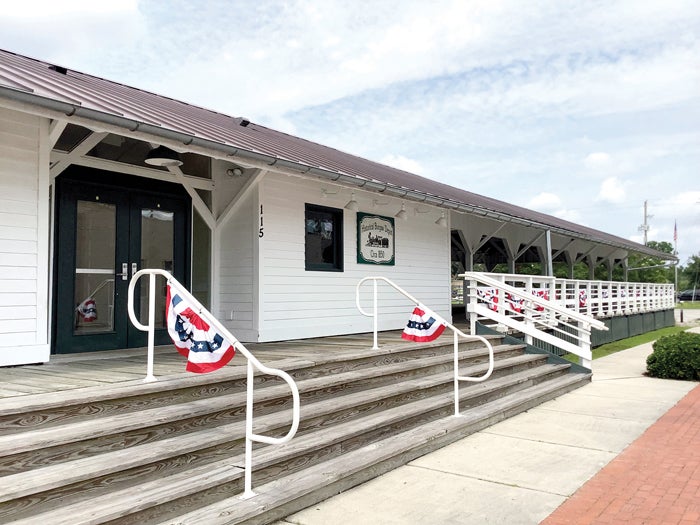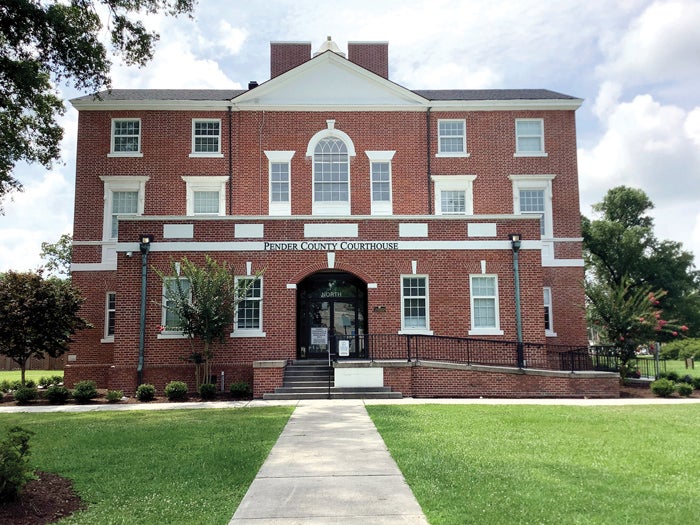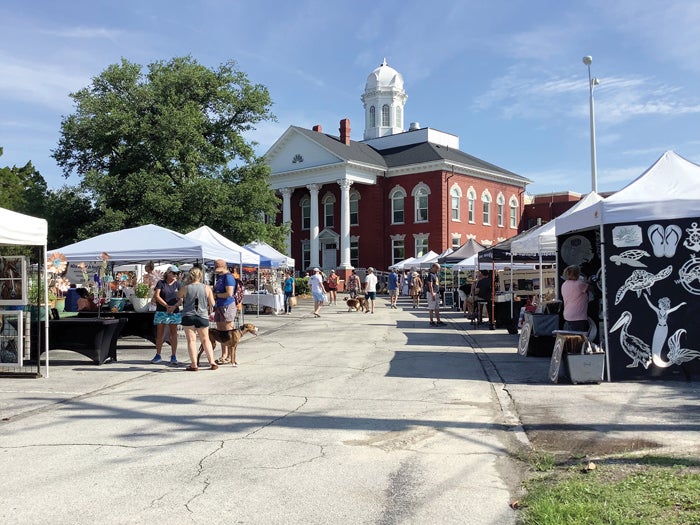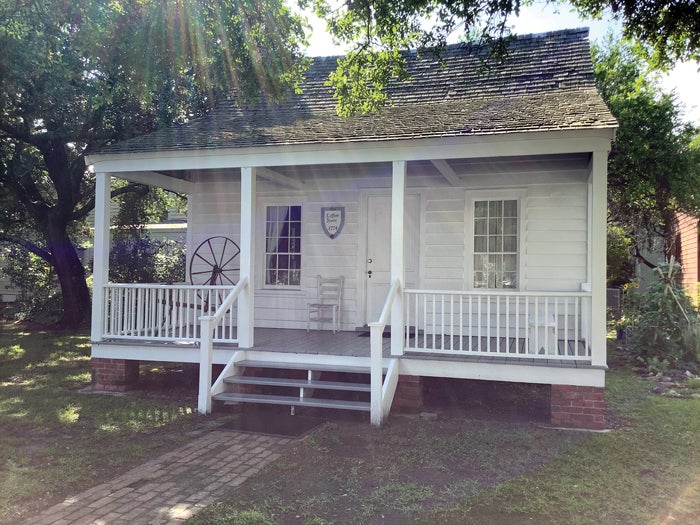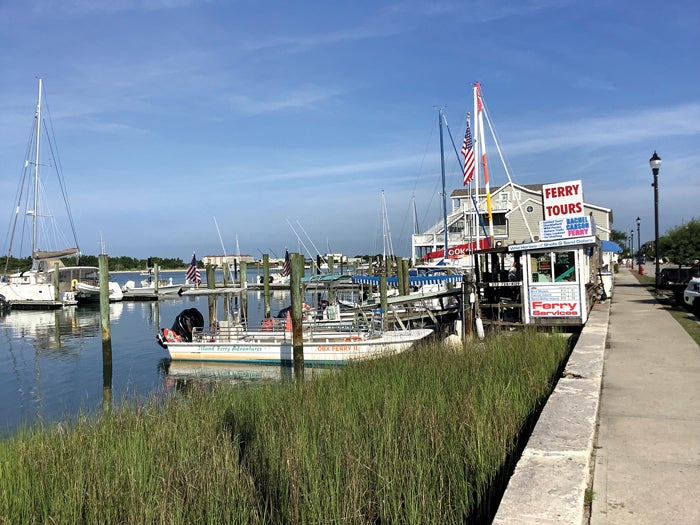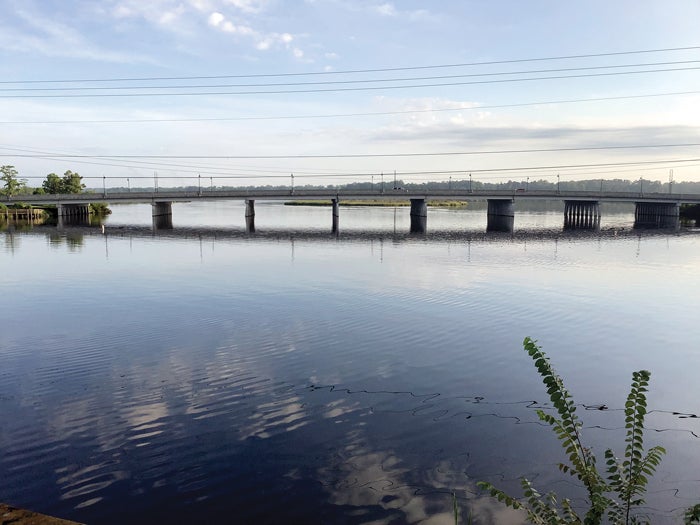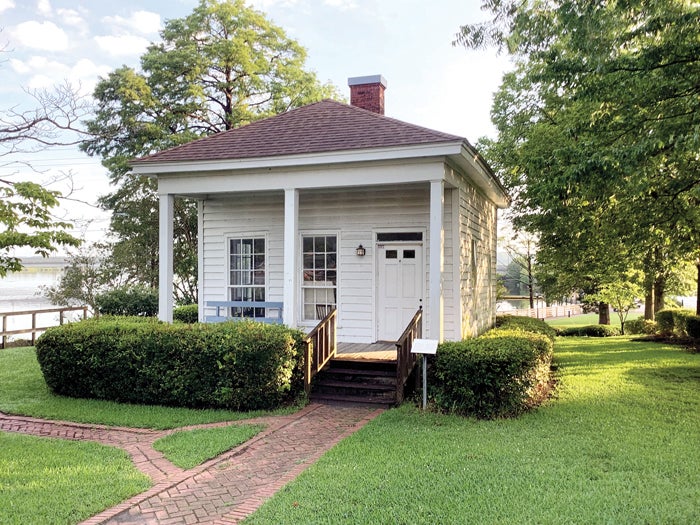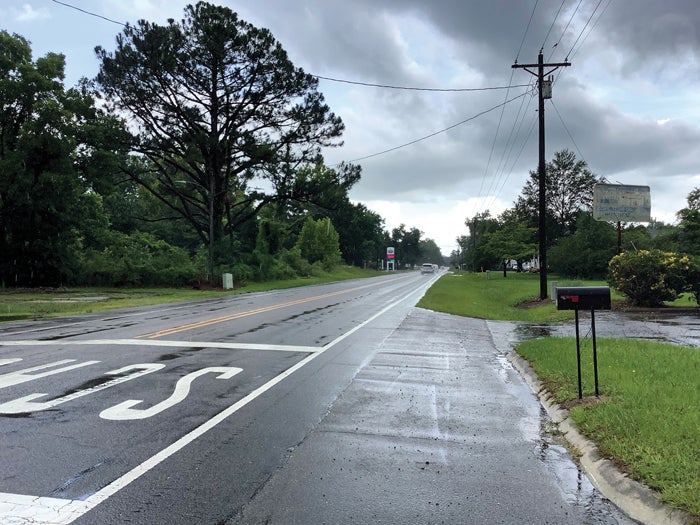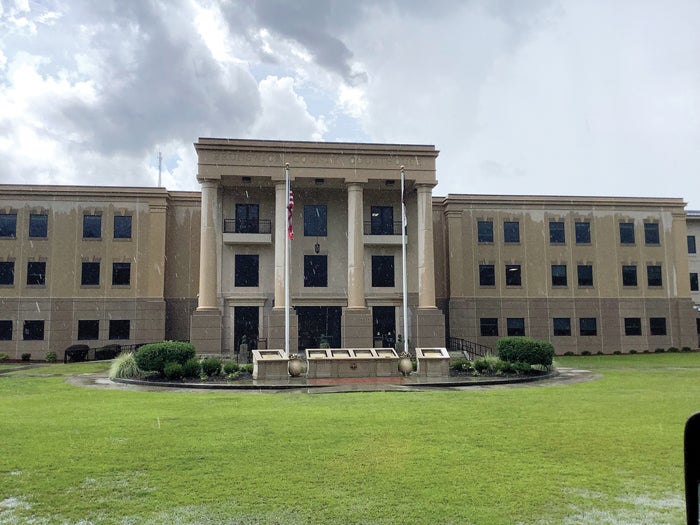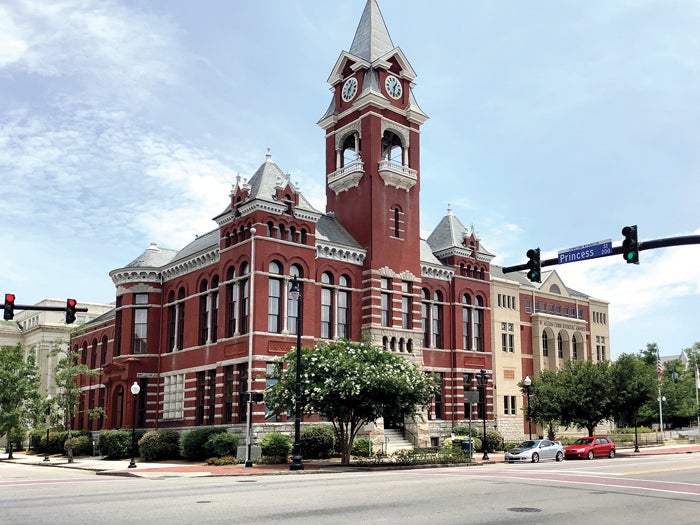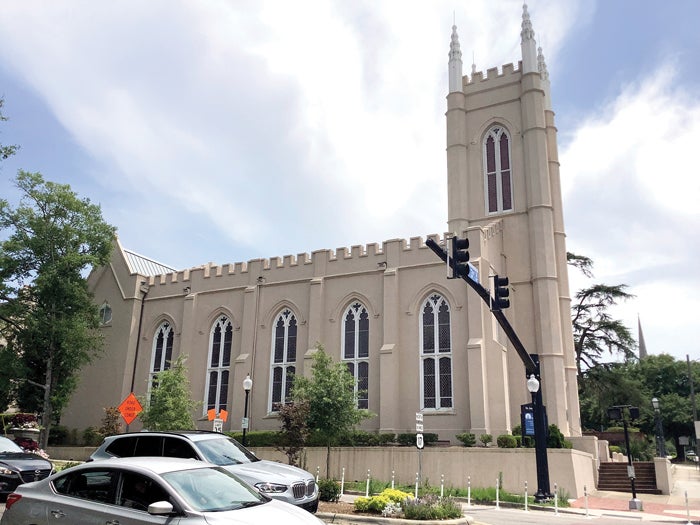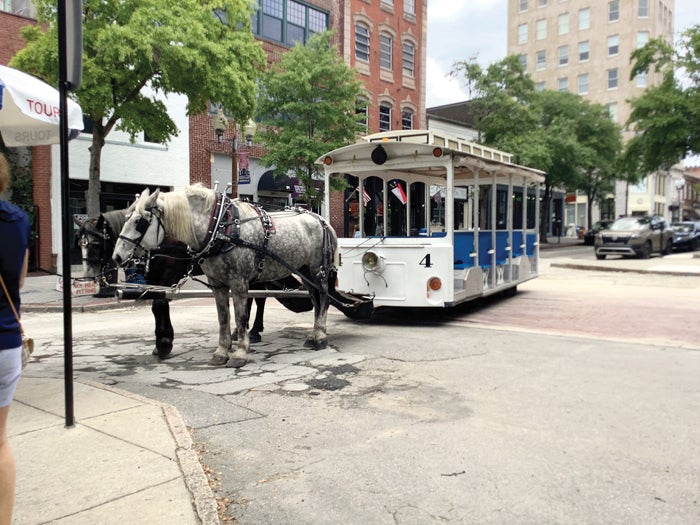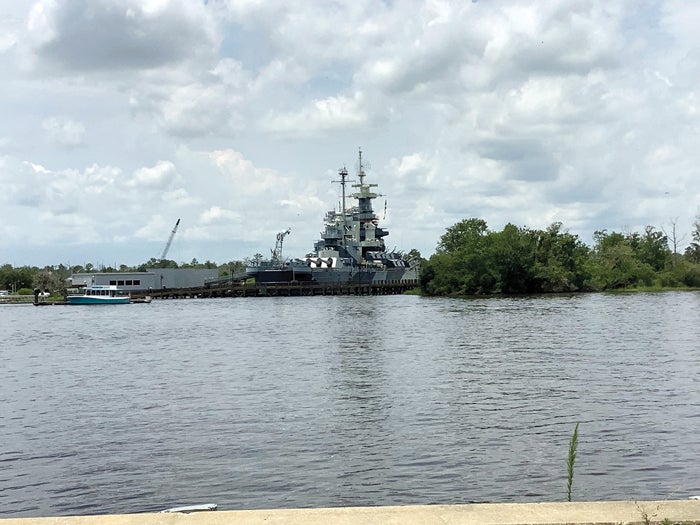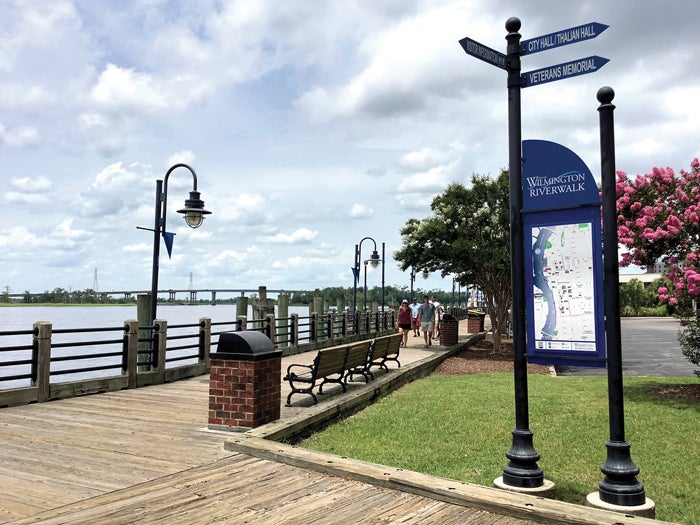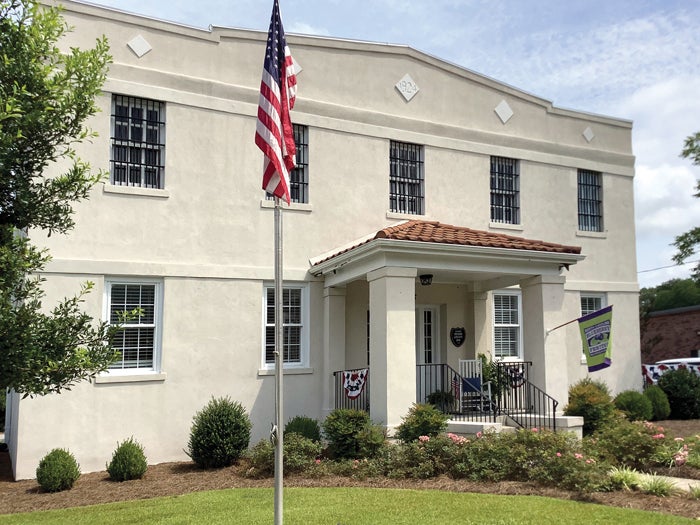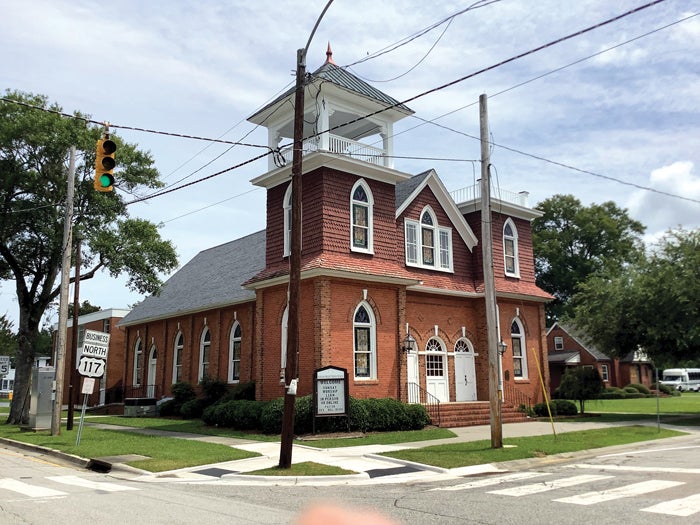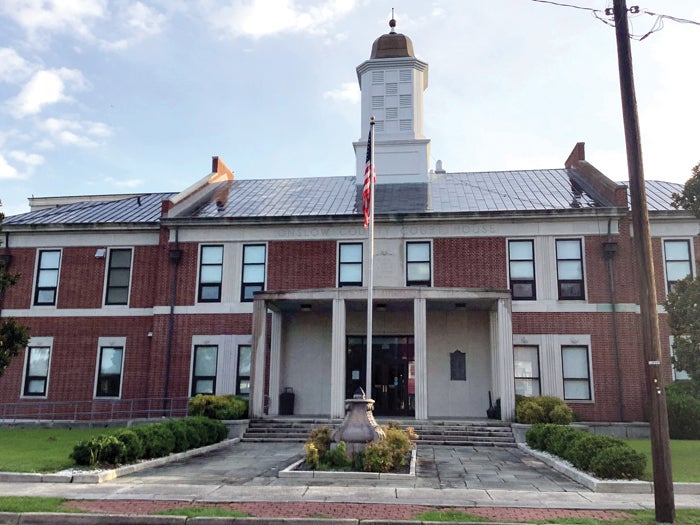Gotta’ Run: Jacksonville to Bolivia
Published 12:00 am Saturday, August 12, 2023
Editor’s note: David Freeze is completing a challenge to run in a few miles in every county seat in all 100 N.C. counties. Contact him at david.freeze@ctc.net.
My first stop on July 8 was Jacksonville, home of Camp Lejeune and the New River Air Station of the U.S. Marines. Its population is listed as the youngest in the nation with an average age of 22.8 because of the large military presence.
In 1752, a devastating hurricane destroyed the county seat of Johnston, and Wantlands Ferry, located further up the New River, at the present site of Jacksonville was chosen as the site of the new county courthouse. The first court was held there in July 1757. The area, briefly known as Onslow Courthouse, was incorporated and renamed Jacksonville in honor of former U.S. President Andrew Jackson in 1842. Jacksonville was briefly captured and occupied during the Civil War in November 1862 by a Union Army raiding party.
Agricultural and naval products, (pine oil, turpentine and resin) along with lumber could be shipped along the New River and were the mainstays of the economy during this time. Jacksonville and Onslow County got a big boost in 1941 when a Marine Corps base for amphibious training was established which later became Camp Lejeune.
Established in 1709, Beaufort is located on Beaufort Inlet, a channel leading south to the Atlantic Ocean. The third oldest town in the state and seat of Carteret County, Beaufort has lots of visitor traffic during the warmer months and it was booming when I was there on a Saturday morning.
Beaufort was first known as Fishtown because the fishing industry has always been an important part of the county’s history. Beaufort was later named for Henry Somerset, British Duke of Beaufort.
Originally a fishing village and a safe harbor since the late 1600s, about 150 of the restored historic homes bear plaques showing names of the earliest known owners and dates of original construction. Some of the historic towns do none of this and it’s impossible to tell the age of the homes.
Fishing, whaling, the production of lumber and naval stores, shipbuilding, and farming were the chief economic activities. Though Beaufort had the safest and most navigable harbor of any of the ports of North Carolina, extensive commercial development hasn’t happened. Now, Beaufort’s economy depends heavily on tourism. An entire 12-block area is on the National Register of Historic Places. The waterfront is beautiful and multiple tours are available.
The Carteret County Courthouse, completed in 1907, was the centerpiece for a sprawling vendor festival where I bought a huge egg, cheese, potato and black bean burrito.
Burgaw is the county seat of Pender County and is a railroad town that came to be when the Wilmington and Raleigh Railroad Company routed its tracks in 1836 across Burgaw Creek, where a small cross-roads trading post already existed. When completed in 1840, this railroad line was the longest in the world at 161½ miles.
In January 1854, the spot on the rails was called Burgaw Depot after the small trading post had been Cypress Grove. The depot is the oldest in the state circa 1850 and is part of the North Carolina Civil War Trail, one of my favorite signs.
During the Civil War, the railroad carried fresh troops to the battlefields and brought back the sick and wounded. Military supplies came from the port of Wilmington to the fighting fronts and kept the depot very busy. Confederate generals and their troops used the depot for weeks after the loss of Ft. Fisher and Wilmington. The railroad and its depots fell to the Union forces on Feb. 22, 1865. The depot warehouse still bears the charred scars of a Union cavalry attack in 1863. In 1865, it also became the holding site for at least 6,000 prisoners of war for over a week in February 1865 while a massive prisoner exchange was negotiated in Richmond and Washington, D.C. The depot was a vital communications center with so many things going on.
On Feb. 6, 1876, the railroad deeded a plot of land to Pender County for the establishment of the town and for the new courthouse. Burgaw was incorporated on Dec. 8, 1879. The current courthouse, built in 1936, is the centerpiece of the town.
Next came Wilmington, county seat of New Hanover County and one of my favorite stops. In September 1732, a community was founded on land owned by John Watson on the Cape Fear River. The settlement was called New Carthage, then New Liverpool, New Town and Newton. Governor Gabriel Johnston established his government there for the North Carolina colony. In 1739 or 1740, the town was incorporated with a new name, Wilmington, in honor of Spencer Compton, British Earl of Wilmington.
Naval stores and lumber fueled the economy, but residents began to push back against the Stamp Act, a British tax on shipping. Various riots and other trouble eventually forced the repeal of the tax, but unrest caused the state capital’s move to New Bern.
During the Civil War, Wilmington’s port was the major base for Confederate and privately owned blockade runners, which delivered badly needed supplies from England. The Union mounted a blockade to reduce the goods received by the South. The city was captured by Union forces in the Battle of Wilmington in February 1865, about one month after the fall of Fort Fisher had closed the port. As nearly all the military action took place some distance from the city, numerous antebellum houses and other buildings survived the war years.
Wilmington’s was called Hollywood East during the 1980s and 1990s because many movies and TV shows were filmed here. The Riverwalk is first class, made even better by the USS North Carolina Battleship.
Bolivia was my last stop, county seat of Brunswick. One of the smallest county seats in the state, it has a few small businesses, a school and a modern government complex. The town was incorporated in 1911 and named after Bolivia, South America.
That’s 90 county seats visited. The final 10 will come sometime this fall. I netted 7.81 miles today. See you soon with more, including Rowan. Thanks for following this series!


